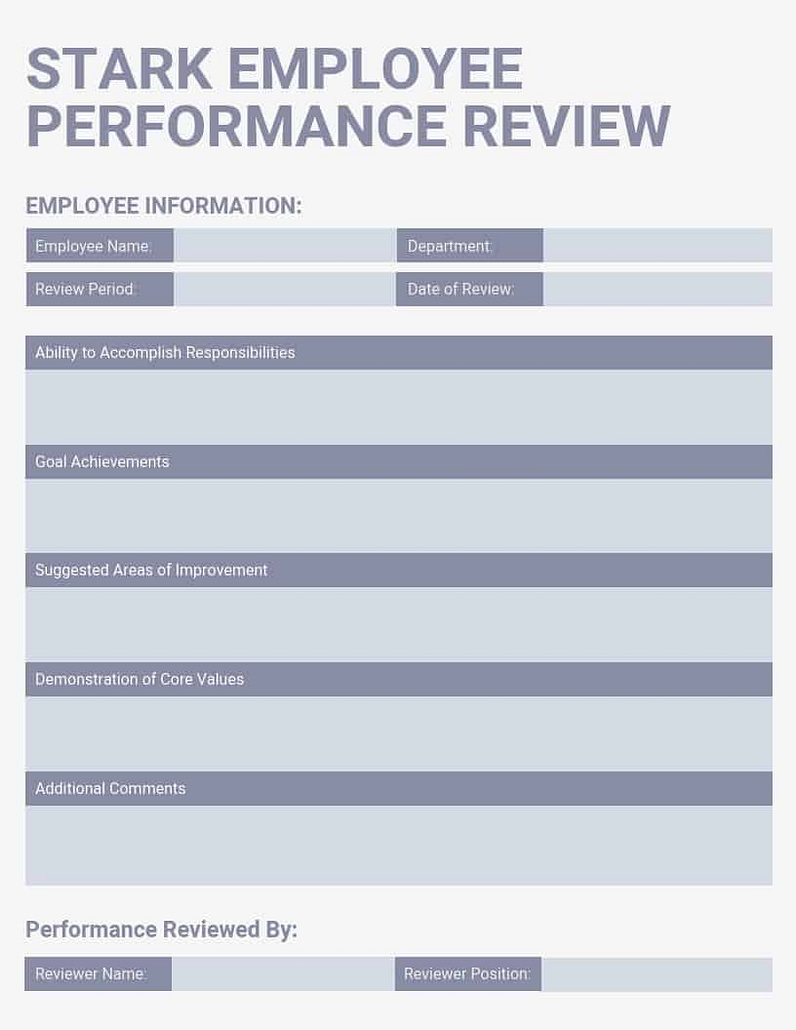Setting goals as a team is super important because it helps everyone work together, stay motivated, and be successful. When a team sets clear objectives, they can all work towards the same goal.
You can do this any time of the year, either at the beginning for a fresh start or in the middle of the year to mark the mid-point for your organization. In the middle of the year, around July or August, people often feel a burst of new energy and excitement. This makes it a great time to set new goals for your team. When you set goals during this time, you can make the most of this positive and motivated attitude to take on fresh challenges and work towards success.
Now you can think about what went well or poorly and how that can shape the way you and your team work together in the future.
In this article, we’ll look at five effective techniques for group goal setting that can help your team achieve great things and get the results they want.
Why Goal-setting Matters
Helping your employees set and reach goals is a critical part of your job as a supervisor or program manager. Setting and reaching goals is also important to your staff, who needs to see how their work fits in with the larger objectives of your agency. Taking the time to work with them to set targets helps them understand how they’re part of the organization and will positively affect their performance.
Setting up this kind of regular goals check-in on can feel like a lot of pressure, especially if you’re dealing with a new hire or a person who’s been on staff for a while.
Fortunately, going through this process at regular intervals is helps you do your job more easily. It gives you a framework that helps you organize your time and tasks, and establishes benchmarks that will help drive your whole team. You’ll find this especially useful if you work as part of a multidisciplinary team or some of your workers are out with clients or patients most of the time.
Goal-setting such as this helps you all work better together and gives you a concrete instrument for giving feedback day to day and during annual reviews. Setting targets and keeping an eye on them, means you can give your staff input on their performance at any time–while you’re motivating them do more.
Read on to see some best practices for using goal-setting as a way to help your team succeed.
Tip 1: Set Clear and Specific Goals
When you’re creating goals for your team, make sure they are clear and specific. This means they should be detailed, measurable, achievable, relevant to your team’s objectives, and have a deadline (SMART). Having such well-defined goals gives your team a clear sense of direction and purpose. They’ll know exactly what they need to achieve and when it should be done. This clarity will keep everyone focused and motivated, ultimately increasing the chances of success.
Tip 2: Be Flexible with Goal Setting
An important lesson we’ve learned since the pandemic is that plans can change suddenly. Goals you set before, like training, performance, or quality improvement goals from 2019, might not be relevant anymore.
Instead of sticking only to long-term goals and annual reviews, which can feel outdated, try being flexible.
When you meet with your group, consider setting short-term goals for the upcoming week, month, or quarter.
This approach will help you use resources more efficiently and respond to unexpected changes in the way you work quickly.
Also, keeping a shorter view can also help a burned out staff stay focused and make some easy wins.
Tip 3: Set Goals as a Group Together and Step Aside
Working together on setting those goals is important. If your team doesn’t meet the goals, it can have negative consequences for everyone involved, including you, your agency, and possibly your community.So you really need to get involved in helping employees set and meet goals.
Collaboration brings significant benefits. Employees who participate in setting their goals perform better compared to those who are just told what to do by their managers. Taking a top-down approach can leave employees unsure about how their goals fit in or lacking the confidence to achieve them. When staff work with you to set goals and decide on strategies, they perform better and have higher confidence.
So collaborating at first makes sense, but then step back and let your team get to work. That’s a manager’s job: enable, support, and then provide a boost when necessary, depending on your staff’s capabilities. Read more about transferring this strategy to remote training.
Tip 4: Fill Gaps with Learning Goals
What kinds of goals you set with your team depends largely on what they do and your agency’s requirements. Those might be tied to data or quality improvement outcomes that are measured by numbers.
Once you set them, then look at what might make them more difficult to reach. In many cases, there could be a training gap. The gap might be:
- Individual. If one person lacks the skills to complete a task, they have an individual training gap. For example your new hire needs to do community outreach for your agency, but they don’t have any outreach skills.
- Team. Your whole team might lack skills to carry out an initiative, so they have a team learning gap. An example almost everyone can relate to is setting up new protocols for Covid-19.
- Organizational. Entire agencies sometimes have a gap in an area and have an organizational learning gap. Many organizations recognize they have gaps in cultural competency and have needed to supplement training in that area.
Conducting a training needs assessment is a critical step when you’re on the path to a goal. You’ll need to know where your team excels and where they need more help. Then, you can acquire new training—either create your own custom training or buy it off the shelf–to help everyone reach goals.
Learning goals might even reach into the future, and they can dovetail nicely with personal goals of your team. You can ask your employees what they’d like to learn in the next month, quarter, or year, and then provide them with training opportunities to get there.
Tip 5: Set Regular Intervals for Goal Review
Once you have your goals set with your team, set in a structure to monitor them. Do this early on, and you’ll be glad you did. Checking in early and regularly can help reveal problems before they get too big. Why wait to review goals until a set check-in? Make a habit of reviewing them every week as part of your employee check-in.
As things change and new challenges come up, it’s important to make sure your team’s goals still make sense and match what your team needs and wants to achieve.
Regularly check in on your team goal setting projects. Then you can see if there are any areas that need to be changed or fixed. This helps you stay on the right path and make any needed changes to keep your team focused and motivated. Also, reviewing and adjusting goals helps you to spot any problems or obstacles that might be stopping your team from making progress.
Here are some helpful performance review templates you can adapt to your goal reviews:

A successful team goal-setting process involves clear objectives, being flexible, working together, using learning goals, and having regular check-ins. By following these principles, teams can become stronger, adapt well to challenges, and keep getting better, which leads them to achieve incredible things and go beyond what they hoped for.



